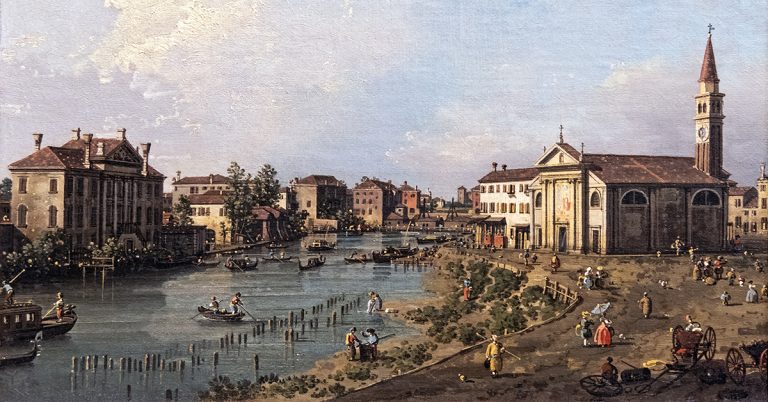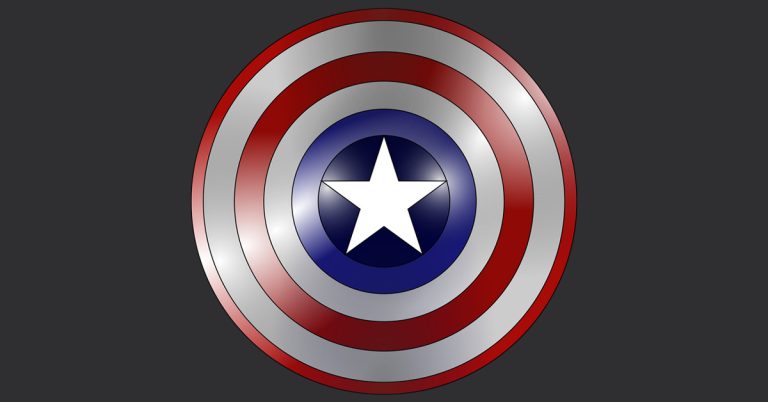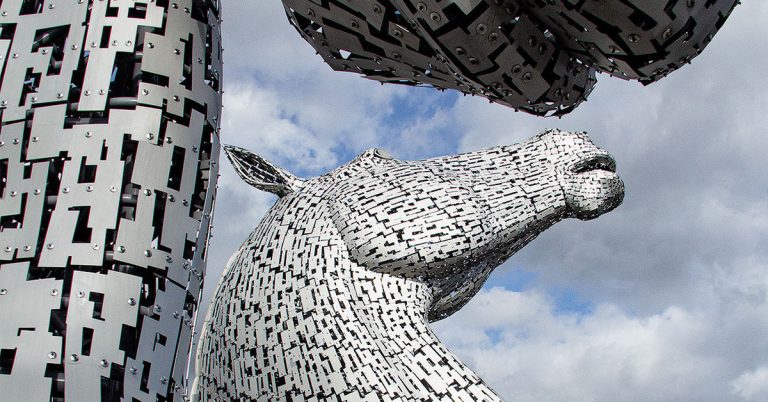
-
American Poets Traveled to Europe and It Shaped Modern Literary History
Read more: American Poets Traveled to Europe and It Shaped Modern Literary HistoryElin Käck discusses the role of American poets’ travels to Europe in the evolution of modern American poetry and literary history in general.












